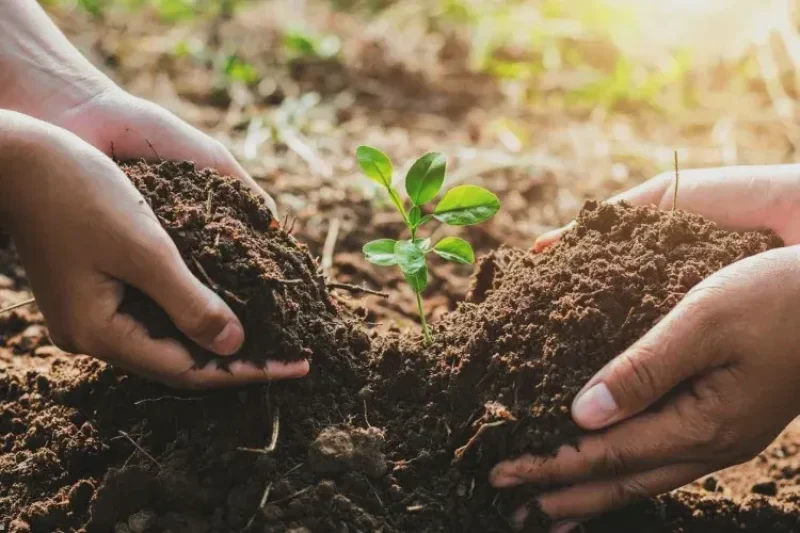This is a critical moment for land use policy globally, with many countries (e.g. the UK and the European Union) currently undertaking significant green reforms of their agricultural policies. Despite their importance for maintaining agricultural outputs and plant diversity, the effects of artificial soil enrichment on pollinators remain poorly understood. Our two-year study at the world’s longest-running ecological experiment, Park Grass, Rothamsted, […] indicate[s] a large and significant trade-off between productivity and biodiversity. Our findings are a salutary reminder of the challenge in reconciling conflicting aims in farmland management and strongly suggest that financial incentives are necessary to offset yield reductions to improve biodiversity outcomes in agricultural grasslands.
Our most important and challenging finding is the existence of a trade-off between flower and pollinator diversity and grassland yield (Fig. 3 and Figure S4, Supplementary Materials). This shows that to maximise flower species richness, and hence also pollinator species richness, a significant drop in fertility is required and will reduce yield. […]
Our results show significant biodiversity and pollination service benefits from reducing fertiliser inputs in agricultural grasslands. Reducing grassland production intensity has the potential to realise many of the aspirations of multifunctional landscape: by benefiting a wide range of taxa47 including pollinators, increasing resilience to extreme weather events, and ecosystem service delivery, such as increased natural pest control, soil health, air quality, and reduced soil erosion48. […]
This is an excerpt. Read the original post here





















 From plastic coasters to human hearts: Inside the race to print the human body
From plastic coasters to human hearts: Inside the race to print the human body A single high dose of LSD can ease anxiety and depression for months
A single high dose of LSD can ease anxiety and depression for months CRISPR pork: U.S. approves first gene-edited pigs for consumption
CRISPR pork: U.S. approves first gene-edited pigs for consumption ‘SuperAgers’: Why some people have the brains and memory capacity of people decades younger
‘SuperAgers’: Why some people have the brains and memory capacity of people decades younger  Baby food panic, brought to you by trial lawyers hoping to prosecute by press release
Baby food panic, brought to you by trial lawyers hoping to prosecute by press release Viewpoint: Life and death decisions: RFK, Jr.’s shady FDA “expert panels” operate in secret with no transcripts or conflict of interest reviews
Viewpoint: Life and death decisions: RFK, Jr.’s shady FDA “expert panels” operate in secret with no transcripts or conflict of interest reviews From ‘Frankenfood’ to superfood: Can the purple tomato overcome GMO myths to win over consumers?
From ‘Frankenfood’ to superfood: Can the purple tomato overcome GMO myths to win over consumers? When farmers deny science: The hypocrisy hurting agriculture’s credibility
When farmers deny science: The hypocrisy hurting agriculture’s credibility
